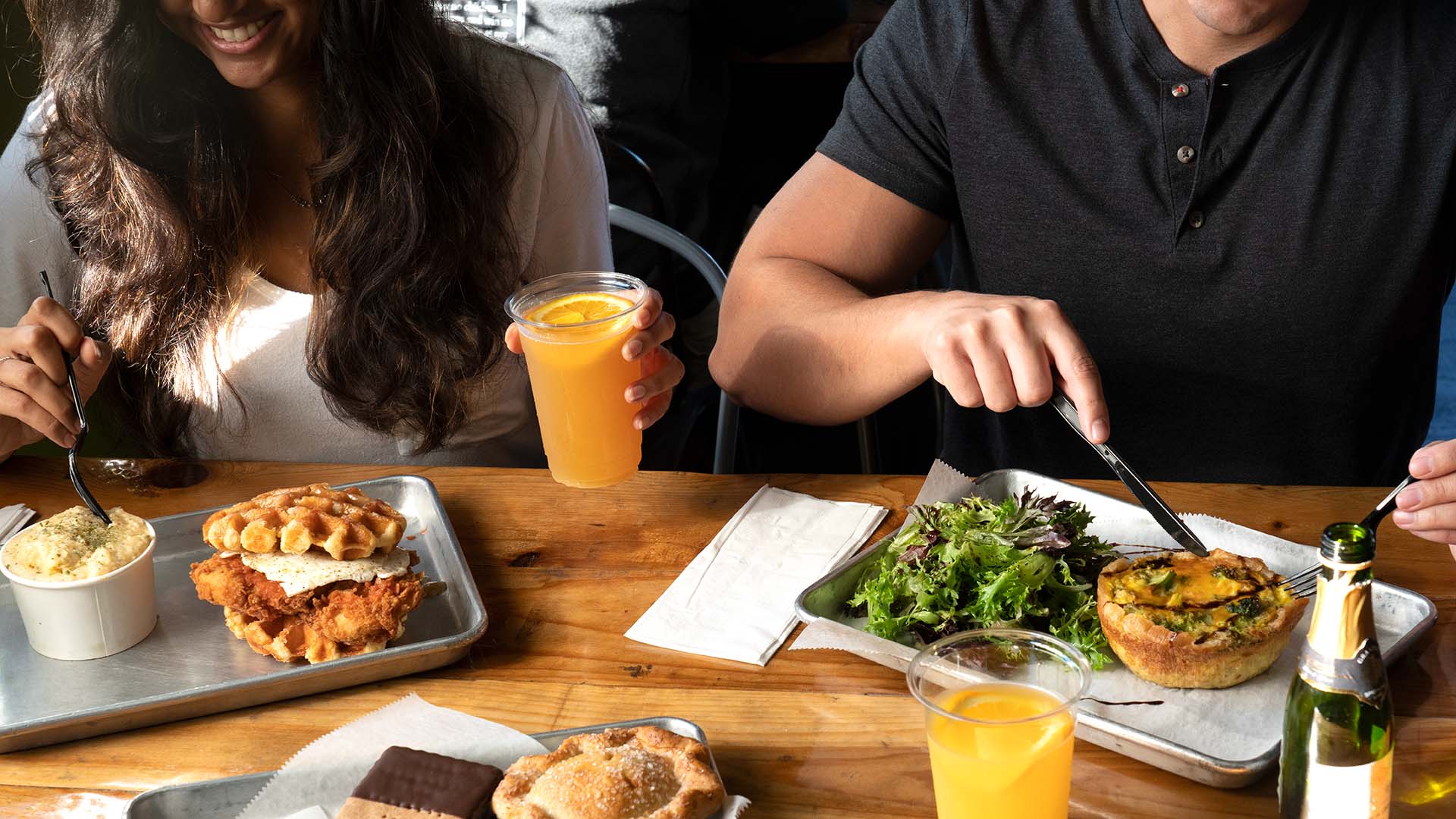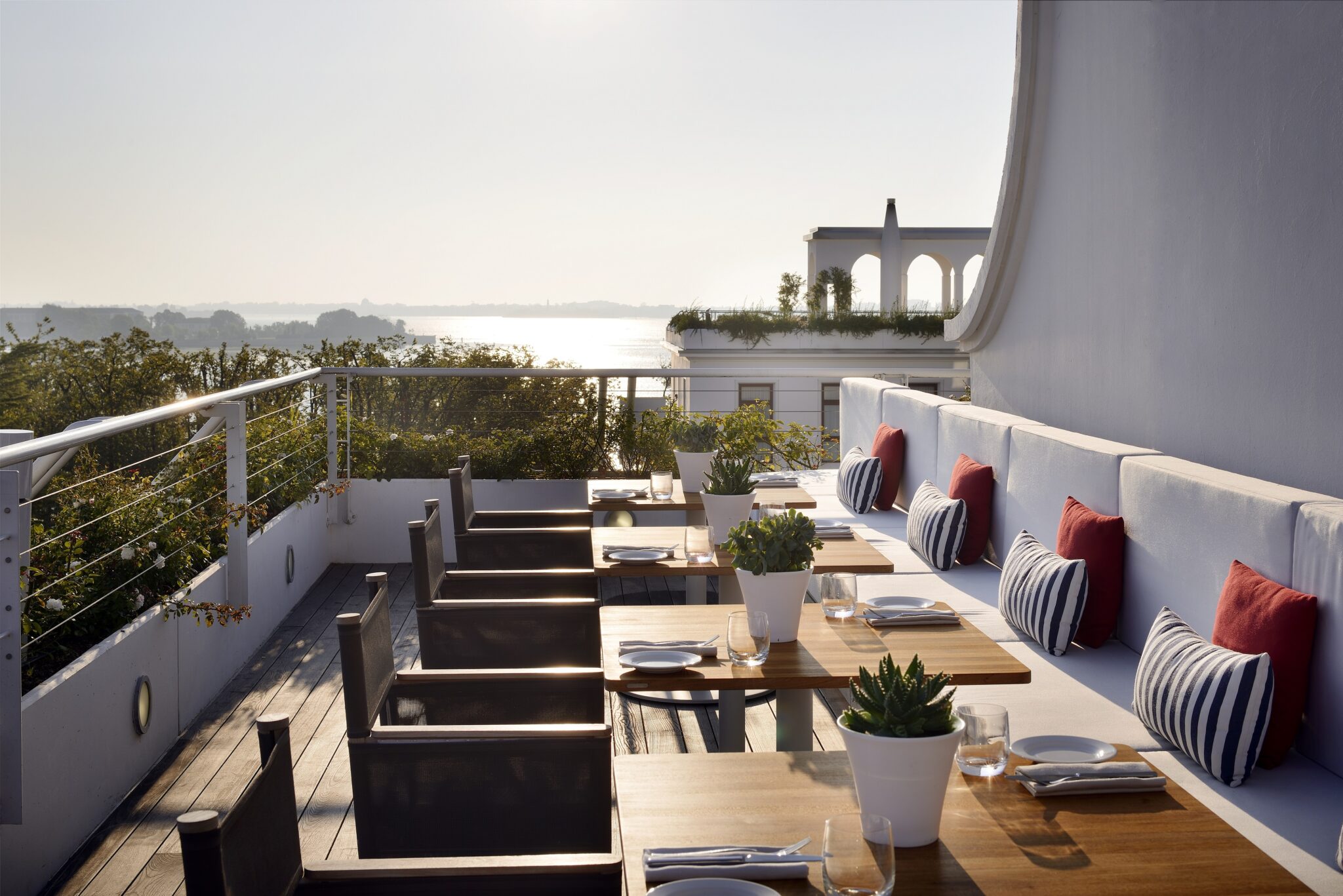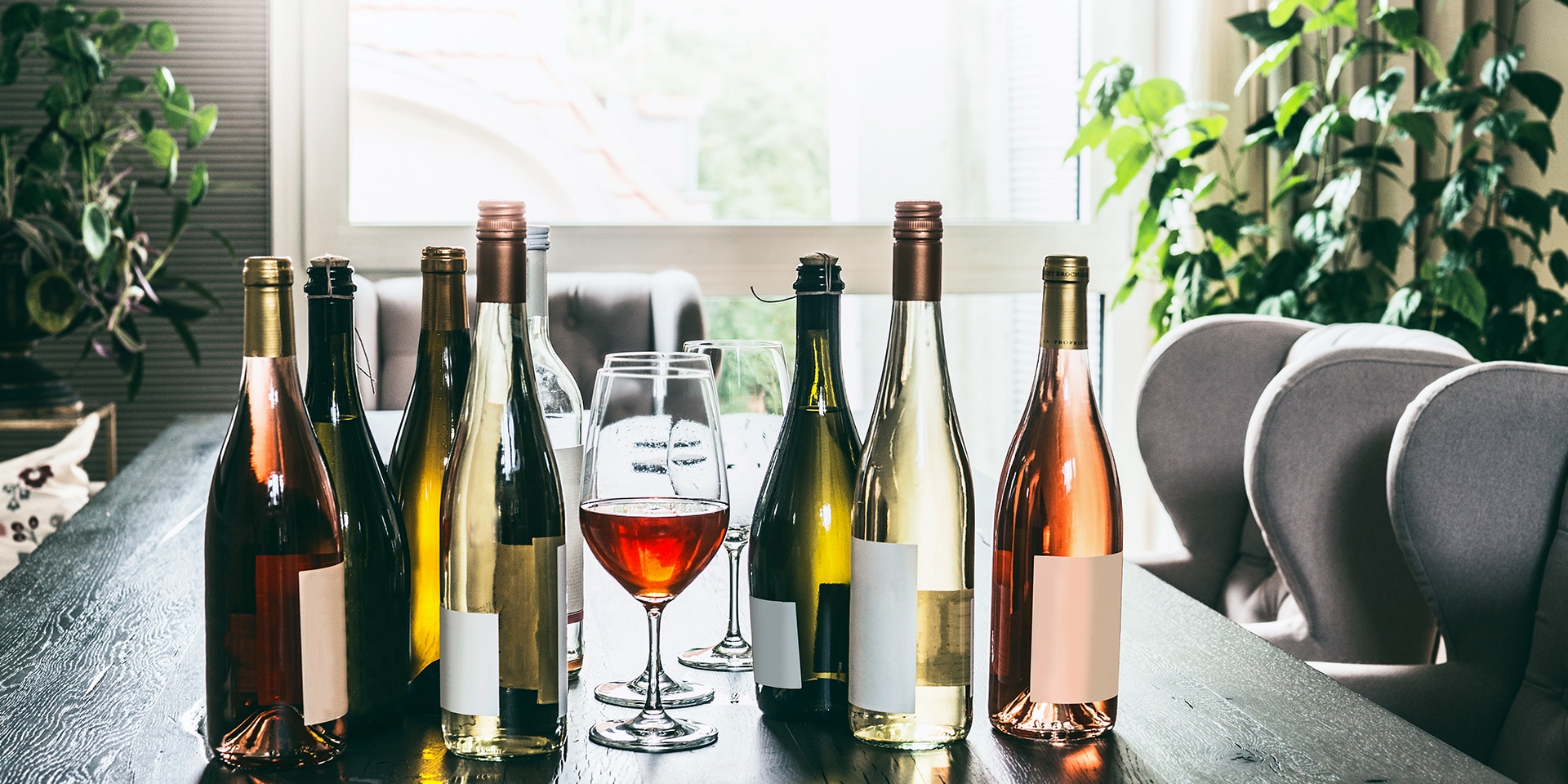
Explore the world’s wines from home. (Photo: Getty Images)
Eat + DrinkSip Your Way Around the World While Wine Tasting from Home
By Valerie ConnersTraveling to one of the world’s iconic winemaking regions, like the Napa or Loire Valleys, to taste the locally produced wares straight from the source is a bucket list trip for many oenophiles and novice wine lovers. Of course, it’s not always possible to make the journey to a far-flung region — but that doesn’t mean you can’t properly experience an area’s wines. Instead, organize your own wine tasting at home.
Simply start by choosing what region you’d like to “explore” with your taste buds, place an order for the relevant wines to be shipped to your door, and get to tasting with a few simple steps.
Discover the wines and basic wine-tasting knowledge you’ll need to make the occasion a success.
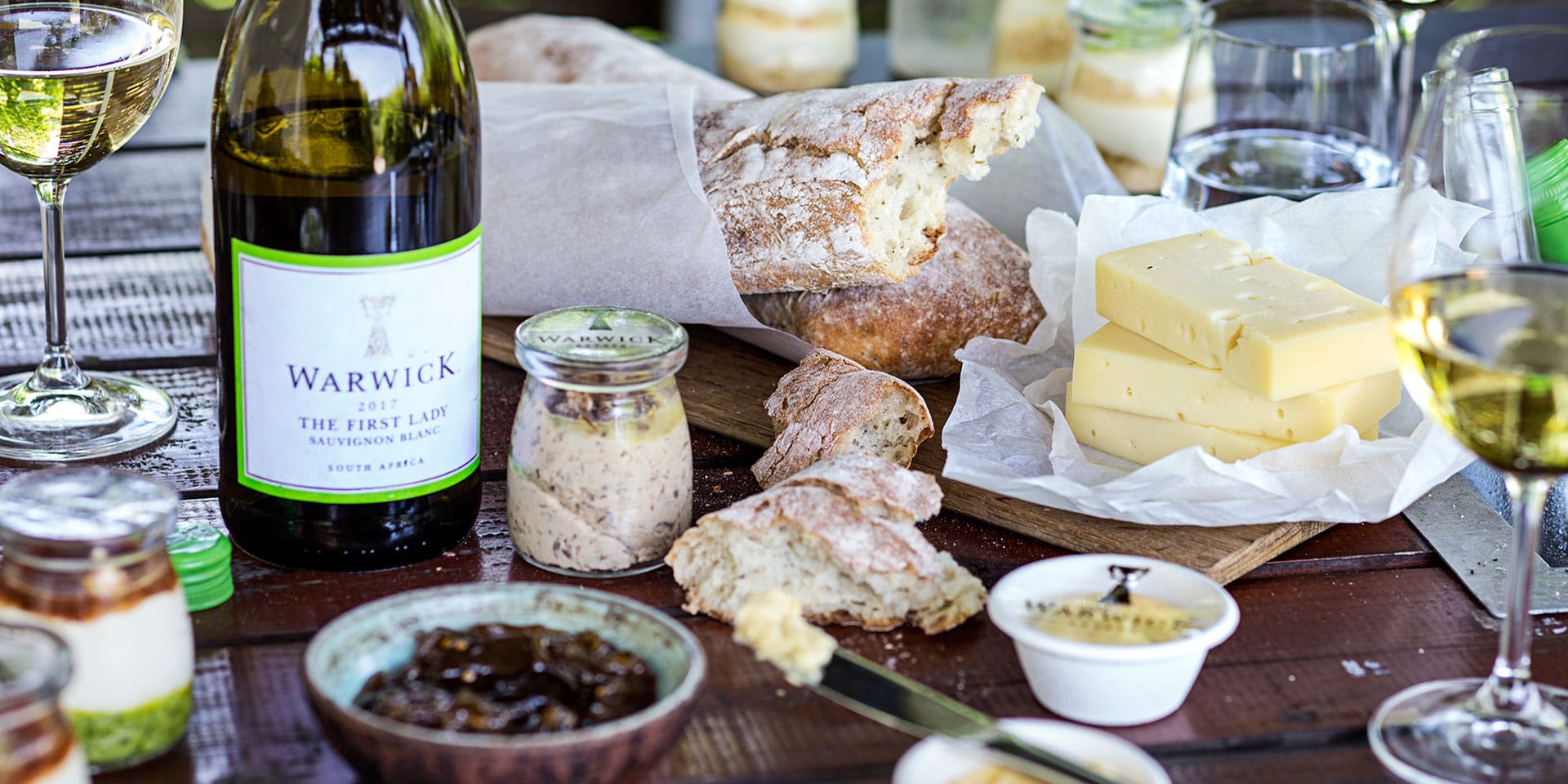
Step 1: Choose Your Region — and the Wine
Consider theming your tasting by location. For instance, you might opt to taste a single varietal — like cabernet sauvignon or chardonnay — from different regions across the globe, or from the same region, but made by different producers.
If you want to stick to a single region, you can instead try different varietals from the same place, for example, merlots or zinfandels from the Napa Valley. Here are some ideas to get you started:
United States
The little slice of Northern California heaven called Napa Valley is home to approximately 400 wineries. Cabernet Sauvignon is called “the king” of Napa Valley red grapes and it’s the one most grown in the region. While there’s an embarrassment of riches when it comes to Napa Cabernet Sauvignon, Frog’s Leap Winery in Rutherford has a wonderful option with distinctive floral and red fruit notes.
Wine lovers seeking a flight of offbeat wines will want to visit Oregon’s Willamette Valley, south of Portland. Laced with some 500 wineries, Oregon’s wine country is one of the world’s premier pinot noir–producing regions. Ponzi Vineyards was instrumental in putting Willamette Valley on the map as a world-class wine region. Today, Ponzi continues to deliver luscious pinot noirs.
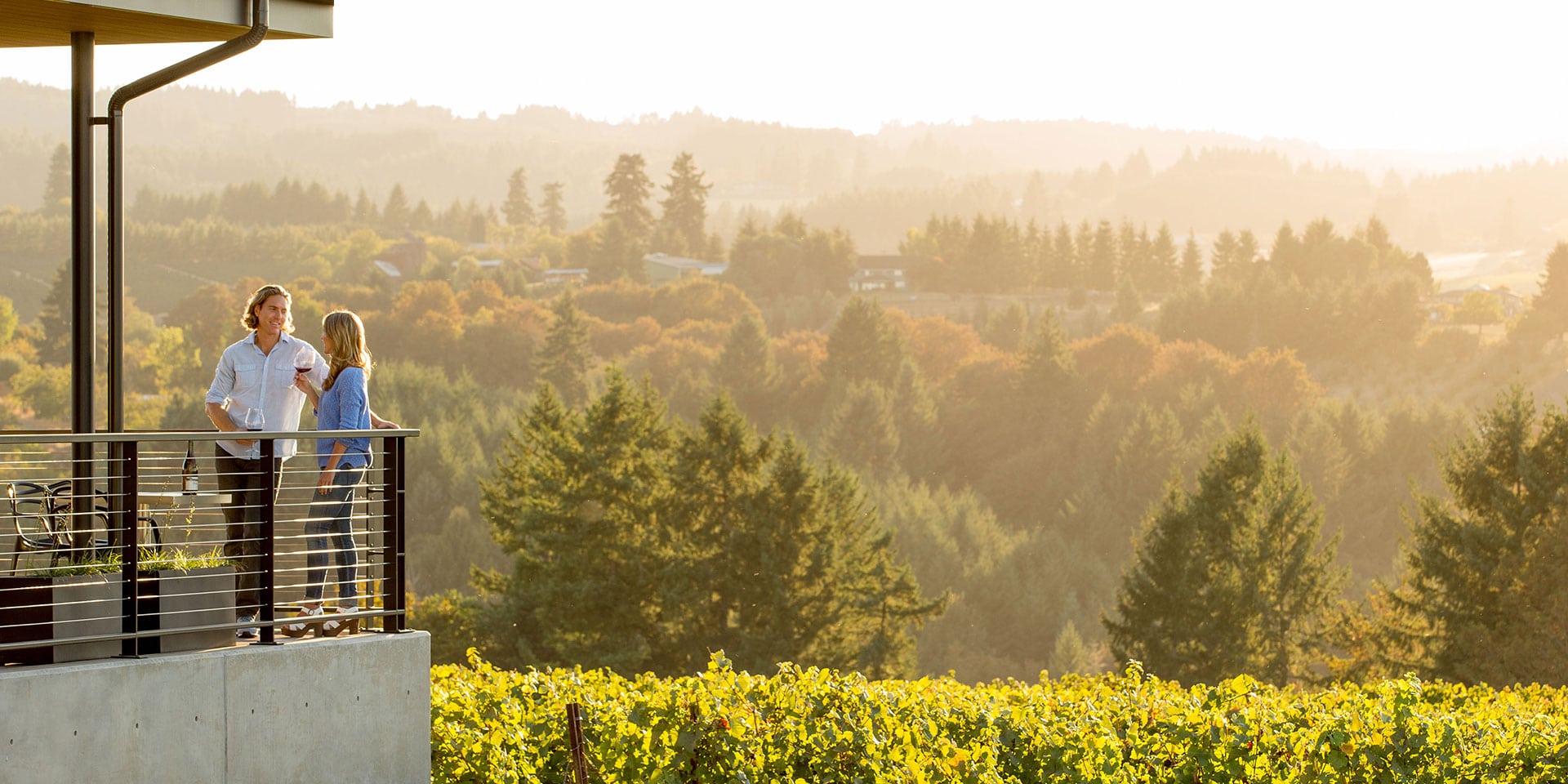
The U.S. is also home to many other lesser known wine regions that are an unexpected delight. For instance, Texas’ Hill Country — which includes cities like Austin, San Antonio and New Braunfels — is home to more than 40 diverse wineries. Grape Creek Vineyards in Fredericksburg, dubbed “Tuscany in Texas”, has won more than 100 awards, while Austin’s Fall Creek Vineyards was the first vineyard and winery in the Hill Country.
For a reminder of your favorite hotel stay at The Ritz-Carlton, order up wine from Steven Kent Winery in California’s Livermore Valley. The winery produces blends exclusively for the luxury hotel brand.
Canada
Get ready to meet your new favorite wine region: Canada’s Okanagan Valley in British Columbia. Its varying climates mean silky pinot noirs and fruity varietals such as gewurztraminer flourish in the region’s cooler lakeside areas while soaring summer temperatures help grow bold peppery syrahs. Try one of the organic and biodynamic wines from Summerhill Pyramid Winery.
Niagara, in Southern Ontario, Canada, is one of the world’s best cold climate wine regions. All those chilly days and fluctuating temperatures over the course of the growing season help to create balanced, aromatic wines — like chardonnays and pinot noirs — that pair beautifully with local produce. Try a bottle from Creekside Estate Winery, Flat Rock Cellars and Vieni Estates Wine & Spirits.
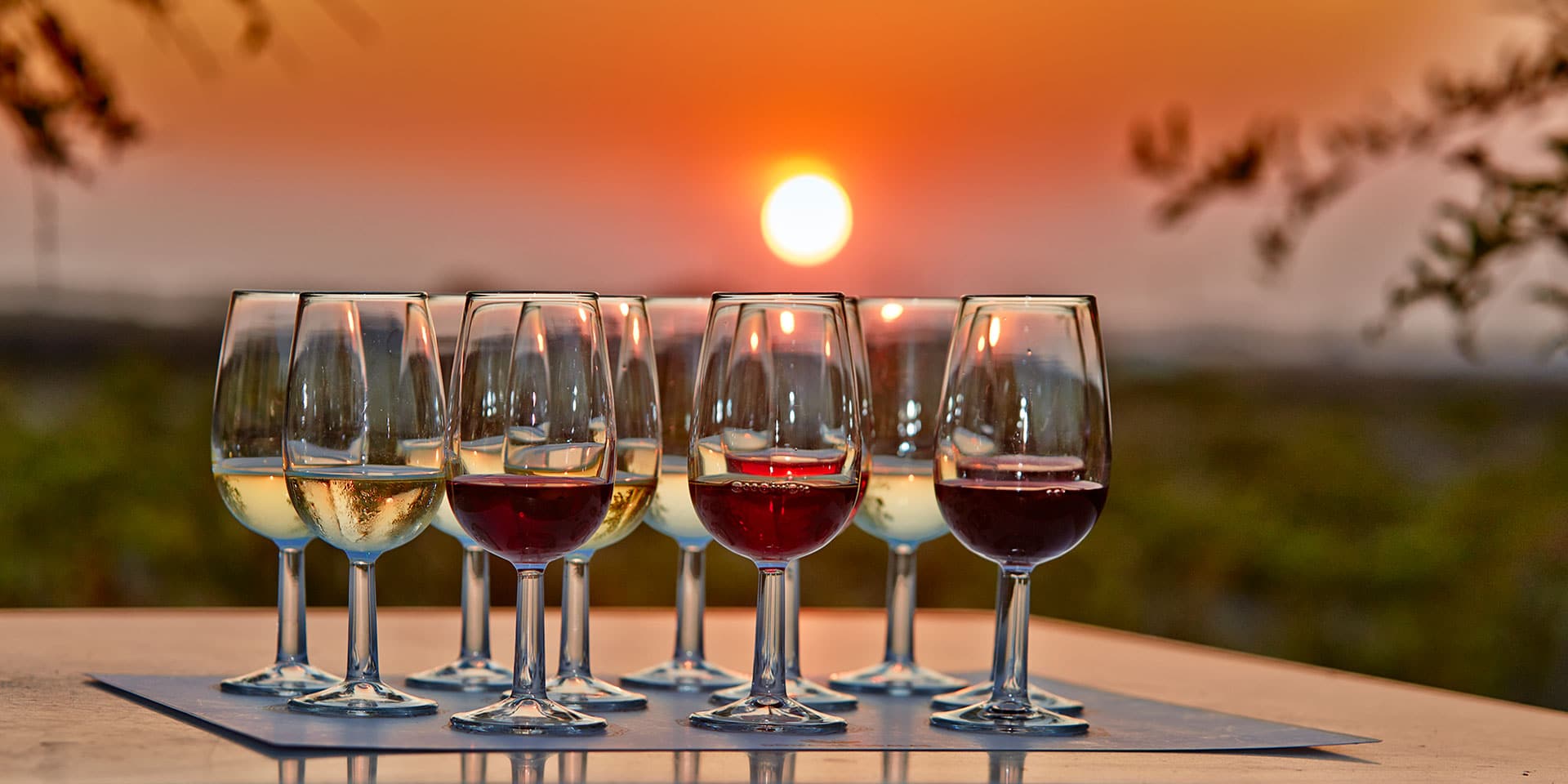
France
France is, of course, home to a multitude of wine regions which merit a tasting. #Yeswayrosé may be a trending hashtag, but this phrase is one that Provence has been heralding for centuries since Greeks first arrived with vines in 600 B.C. Provence is now home to the world’s largest region specializing in rosé; try bottles from its most famous wineries, Minuty and Château d’Esclans, where the first “haute rosé” (titled Whispering Angel) is blended and bottled.
Stretching over 600 miles from Nantes to Sancerre, the Loire Valley is the longest wine route in France and just as famous for its châteaux as its wines. Over 1,000 vineyards exist here, but we’ve helped narrow your tasting choices down the list to three top picks: Vignobles Mourat, Domaine des Gauletteries and Domaine du Closel in Savennières.
Greece
Greece boasts a wine-making tradition that harks back to antiquity, when aristocrats hosted sumptuous all-male symposia where guests would drink, dine, sing and philosophize.
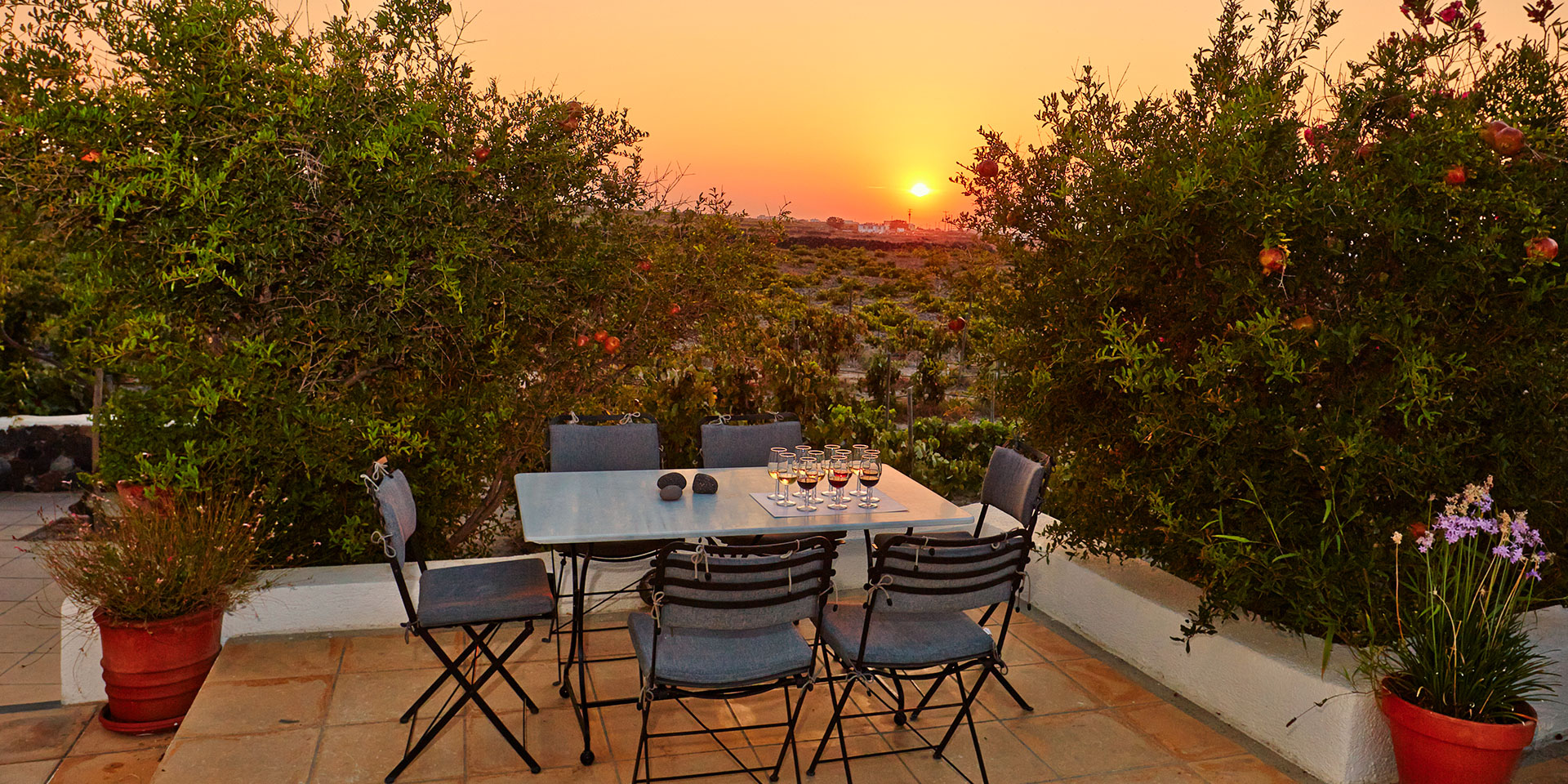
The Greek island of Santorini is noted for its stunning cliffs and mountains, formed from layers of ancient volcanic rock, and the complexity of this soil creates the perfect environment for growing unusual grape varieties, such as the island’s native assyrtiko — a sharp, citrusy white.
Sample the delicious assyrtikos and rosés from Santo vineyard, which has been in operation since 1947. You’ll be in luck should you acquire a bottle from Hatzidakis winery. The wines produced here — which are considered some of the best on the island — are mostly organic.
Chile
You can taste the spirit of Chile in a glass of its wine. From the unparalleled Cabernet Sauvignon to Carmenere; from Sauvignon Blanc to Chardonnay and Syrah; these and many more varieties can be found being bottled in the vineyards surrounding Santiago. You might be familiar with the goods from Concha y Toro Vineyard, renowned world over for its line called Casillero del Diablo (Devil’s Cellar).
Mexico
For some years now, Mexico has been establishing itself as an accomplished producer, and was actually the first country in the Americas to plant the common grape vine, brought to the continent by the Spanish conquistadors.
Valle de Guadalupe, 18 miles from Ensenada on the Baja California peninsula, is home to 70 wineries producing 90 percent of the country’s wine. One of the most iconic producers is Monte Xanic, which has been awarded more than 270 international medals. The winery’s Gran Ricardo stands out from the crowd: a blended wine that’s left to stand in French oak barrels for 18 months before being bottled.

South Africa
The dramatic blue skies and indigo mountains of the Franschhoek and Stellenbosch wine lands house a new-world winemaking region that offers so much more than wine tasting. Whether you’re a wine drinker who enjoys adventure, an adventurer who enjoys wine, or something in between, you’re sure to be wowed by these memorable lands and their wines.
For a classic start, try Villiera’s world-class bubbly, produced in the classic bottle-fermented Cap Classique method.
Step 2: Set the Scene for Wine Tasting From Home
Sommelier Evangelos Psofidis of the Hotel Grande Bretagne, A Luxury Collection Hotel, in Athens, Greece has tips for you to plan your wine tasting at home, including two must-haves for any wine drinker: the right wine glasses and a wine cabinet to keep your wines at the right temperatures.
“I can tell you from my experience that the same wine, in different glasses, has different aromas and flavors,” he says. “Temperature is the other major factor in making your wine pleasant and how you enjoy it. If you don’t store your wine at the proper temperature, you can destroy it.”
Be sure to decant the wines — especially reds — before tasting them. Experts suggest you decant lighter reds for 20-30 minutes and medium- to full-bodied reds for 30-60 minutes. Finally, if you want to avoid getting tipsy, keep a spit bucket nearby. (And if you’re NOT trying to avoid it — hey, we won’t judge!)
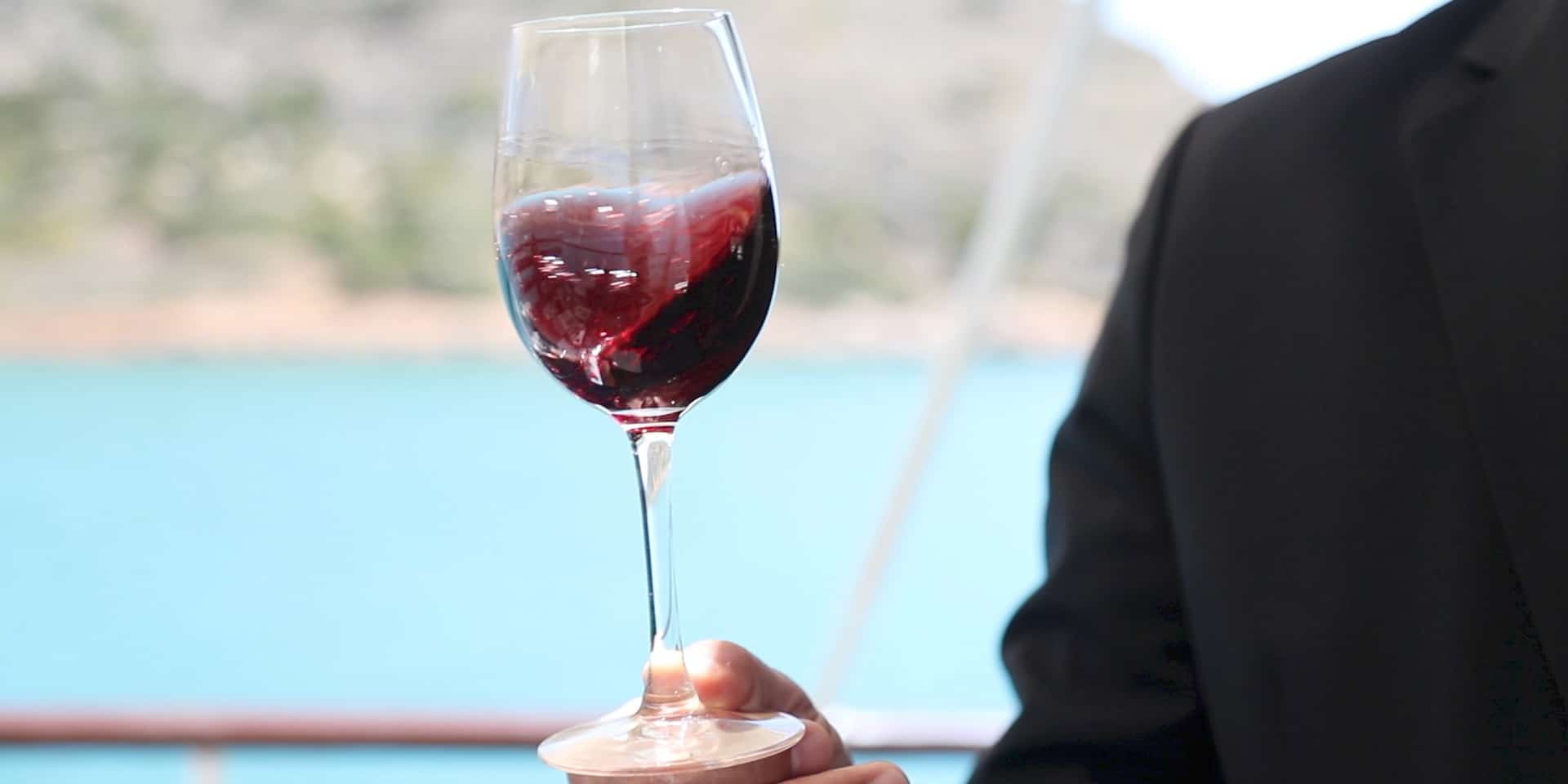
Step 3: Tasting Basics
Psofidis offers the following tips for wine tasting from home:
First taste with the eyes. What color is the wine? What is its alcohol level? Twirl your wine glass and look for the viscous wine tears that form along its concave sides. The more dense the tears, the more alcohol in the wine.
Next, taste with the nose. What do you smell? When you lean in to take a sniff, the alcohol volatilizes (evaporates into the air) and with it are carried several different aromas that affect the flavor of the wine and how you will experience it. There’s more to it than meets the eye. Literally.
Only after you’ve “tasted” the wine in these two ways should you finally take a sip. Whether you can distinguish between the oaks, fruits, leathers and the other hundreds of common wine tastes or not isn’t all that important. What is more critical, says Psofidis, is the elevated — and entertaining — experience that comes with tasting wines in this way.





